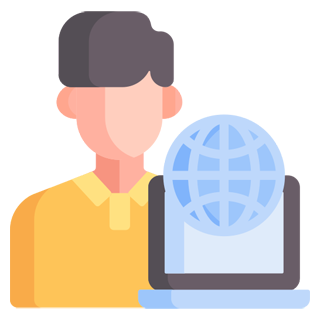One compelling example of how parents can benefit from monitoring their children's internet activity involves the case of a teenager named Sarah.
Sarah, a 15-year-old, started spending a significant amount of time on social media platforms. Her parents, concerned about her well-being, decided to monitor her online activity using parental control tools that track web history and social media interactions. After reviewing her internet activity, Sarah's parents noticed she was frequently chatting with a group of friends from school, but they also found some concerning messages exchanged with a stranger. The language used in those conversations made them uneasy, as it hinted at potential grooming behavior. Recognizing the seriousness of the situation, they decided to have an open conversation with Sarah about her online interactions. During this discussion, they discovered that Sarah had been feeling pressured to maintain a social media presence and was engaging with individuals she didn�t know well. The parents took this opportunity to educate her about online safety, the risks of talking to strangers, and the importance of privacy settings. They also encouraged her to speak up if she ever felt uncomfortable or threatened online. By monitoring her internet activity, Sarah's parents were able to intervene before any harm could occur. They helped her understand the dangers of the internet and fostered open communication about her online experiences. This proactive approach not only safeguarded Sarah but also strengthened the trust between her and her parents.
Ultimately, this example illustrates how monitoring internet activity can help parents identify potential risks, facilitate important conversations, and promote a safer online environment for their children. It underscores the importance of being informed and involved in a child's digital life.


 Record visited websites with timestamp, web urls and website titles
Record visited websites with timestamp, web urls and website titles

